Wearing (Granolithic) Screed, what is it and where best to use it.

Wearing screeds, widely known by the former name of granolithic screeds, are high-density toppings suitable for application to green or hard concrete slabs. Offering characteristics desirable for areas likely to be subjected to severe wear and heavy traffic, these toppings are the preferred choice for industrial flooring projects. Granolithic screeds consist of cement, sand and […]
Screed Reinforcement – What’s the Crack
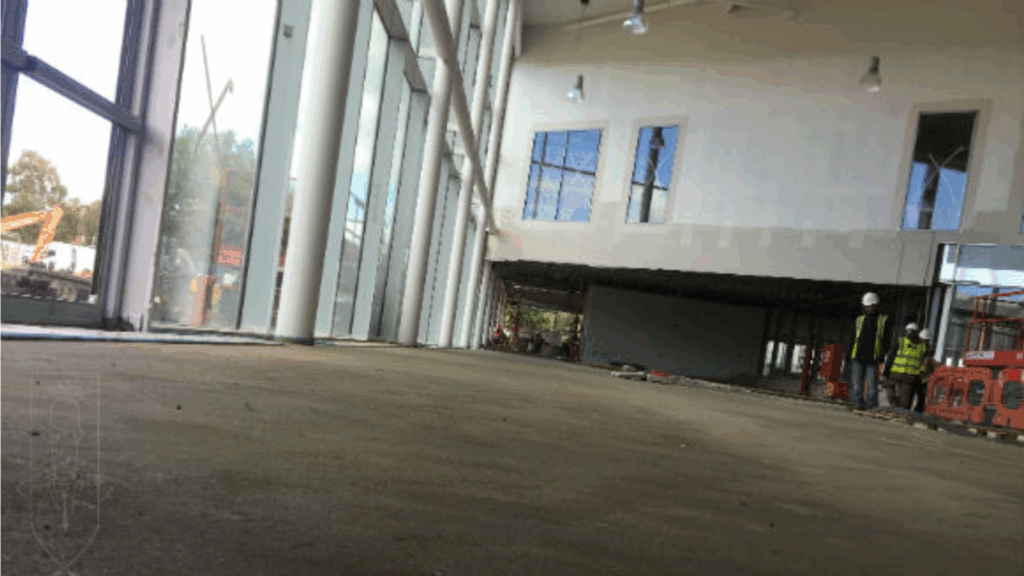
Shrinking, curling and cracking can lead to problems with flooring. Using reinforcement may reduce their impact and lend greater strength to the floor. Before we begin with this blog post, we need to be clear that there are many products, architect specifications and project related conditions that need to be considered and that you should […]
Tiling onto Cracked Screed – Addressing Underlying Causes of Tile Floor Failure

Do you need to lay or are you worried about large format tiles placed directly over cracked screeds? Have you heard about crack inducement joints? Read on. Not dealing correctly with cracked screeds is one of the main causes of tile floor failure. Keep reading to find out how to prevent, address, and solve cracks […]
Our 5 Most Popular Pages This Month
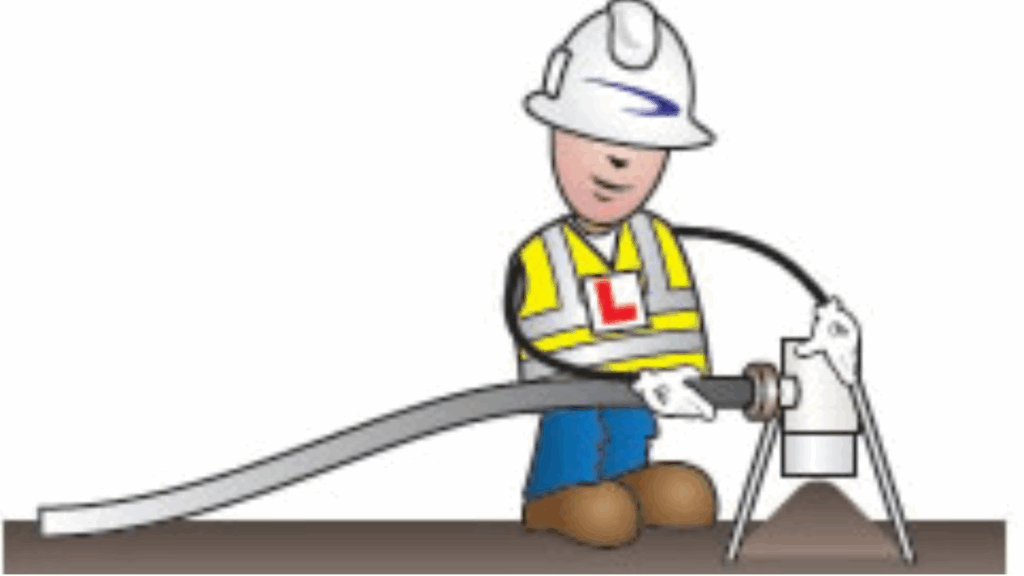
The Screed Scientist website is great for expanding your screeding knowledge. And this month nearly 6000 visitors used it to help them with their projects. Some of our most popular articles have been related to Underfloor heating with many of our readers looking for detailed information on how to make sure that their underfloor heating […]
Preventing sulphate attacks on anhydrite screeds
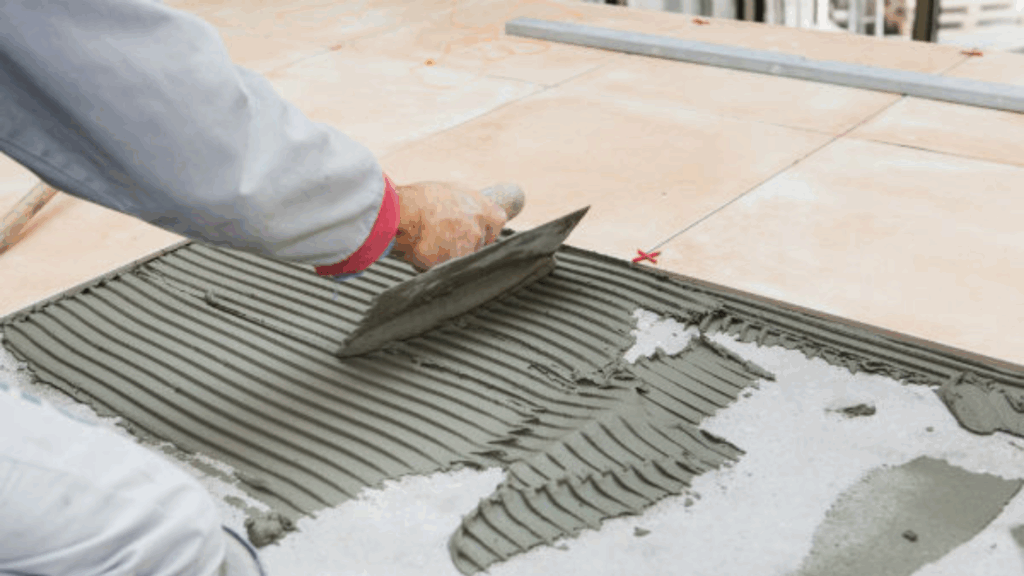
Anhydrite/gypsum based screeds are popular for their free-flowing and self-levelling properties as well as ease of installation. They differ from traditional screeds in that they use a calcium sulphate binder instead of Portland cement in the screed mix. The calcium sulphate based binders allow the screed to be laid to a lower thickness than traditional […]
5 Things you need to know about your screed before refurbishing your floors
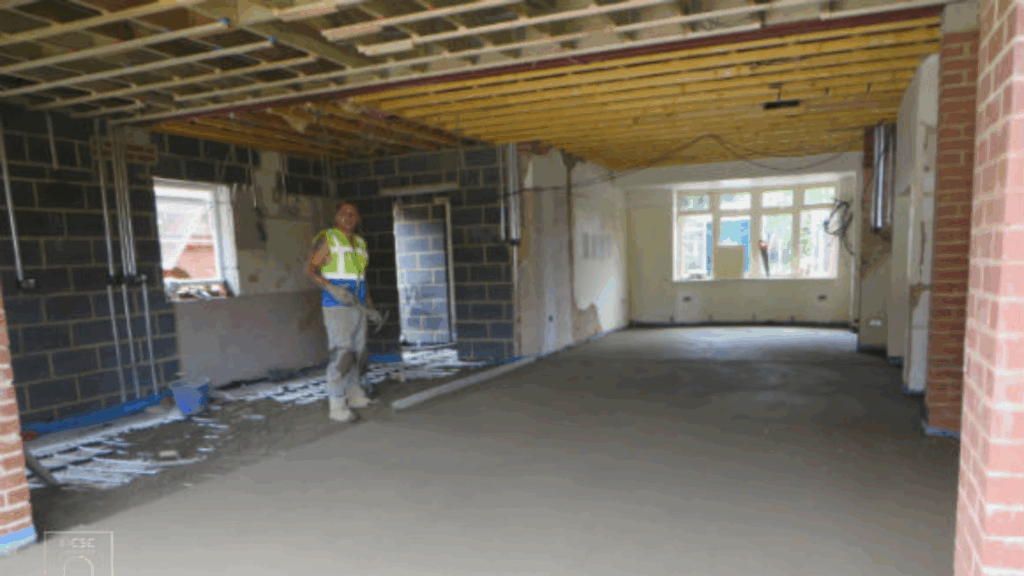
Once your old floors are stripped of their floor covering, it is important to make a thorough assessment of the remaining substrate to make sure it is in a suitable condition to take on the new flooring. Some of the basic aspects that need to be looked at before laying the new floor finish are: […]
Problems caused by damp screed highlighted in Tomorrow’s Flooring article
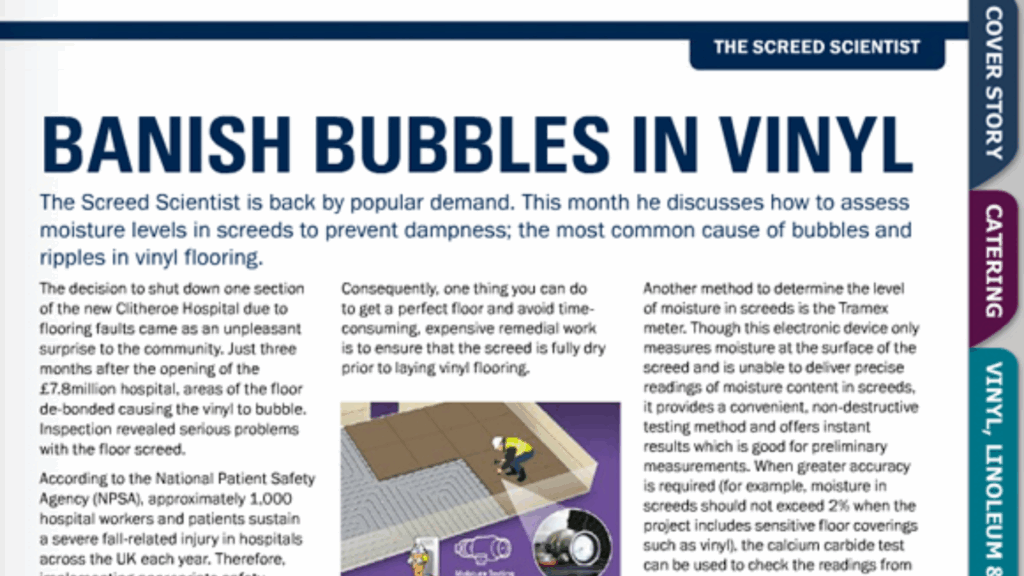
News about delays in opening a part of Clitheroe Community Hospital was an unfortunate reminder that moisture levels in screed are ignored at your peril. Vinyl is the floor covering of choice in most hospitals but whilst de-bonded and bubbling vinyl is unsightly in a residential setting, it can be a health and safety hazard […]
Leading Edge Protection
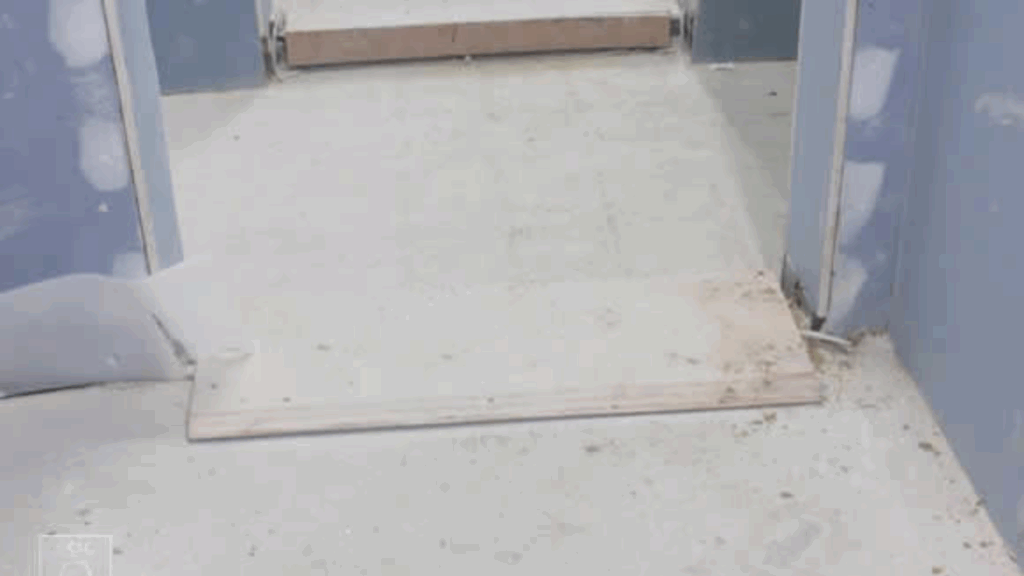
The Screed Scientist is always on the lookout for examples of builders who really know their stuff. You can see it in the attention to details that others may overlook or deem too much hassle. So when we saw this fine example of screed leading edge protection, we had to show it to everyone. The […]
Portland Cement : A Brief History
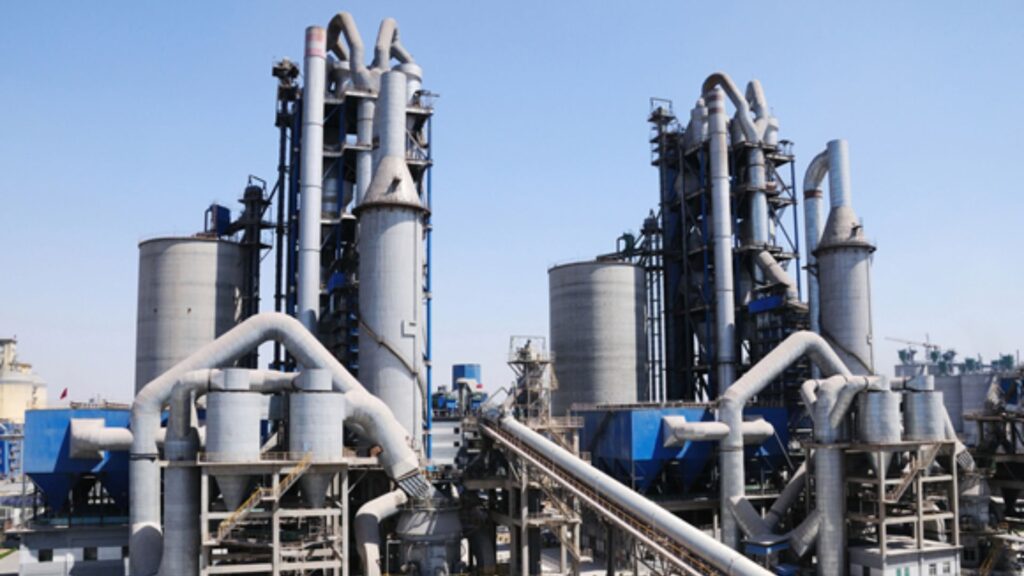
History and Development of Portland Cement Portland cement, arguably one of mankind’s most important manufactured materials, was invented and patented by Joseph Aspdin from Leeds in 1824. Aspdin produced cement by heating powdered limestone mixed with clay in a furnace, and grinding the resulting clinker to a powder. He called the product “Portland Cement” because […]
The Difference between Concrete and Screed

Concrete and screed and are essentially formed of the same basic ingredients – cement, aggregates and water. But what makes them different is- the size of aggregates, the cement grade, mix consistency, and of course their intended application or use. Composition and Mix Proportion Concrete in its simplest form is a rock like mass formed […]

